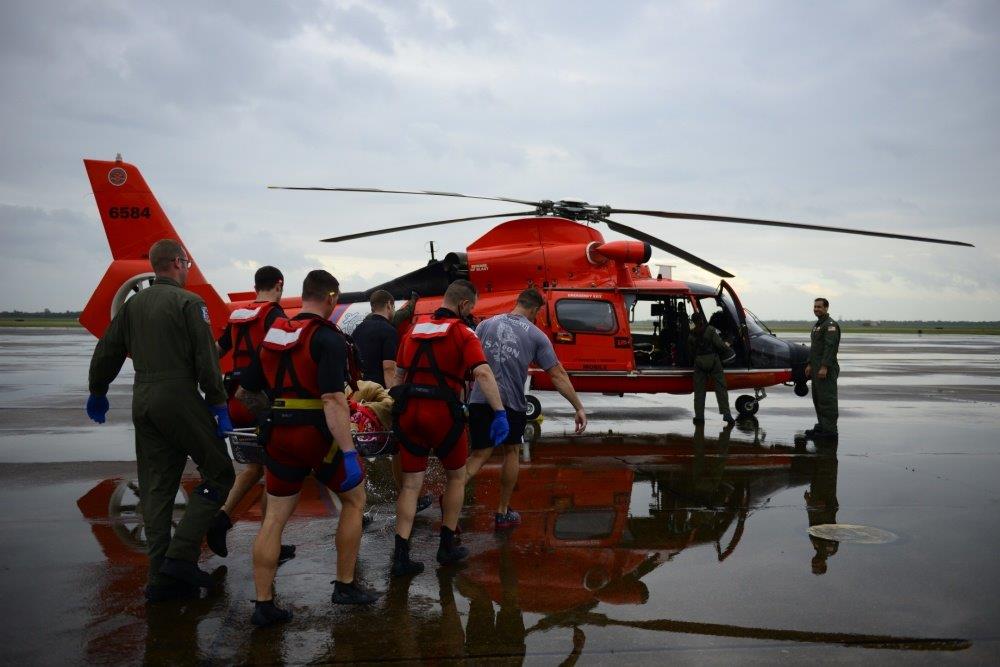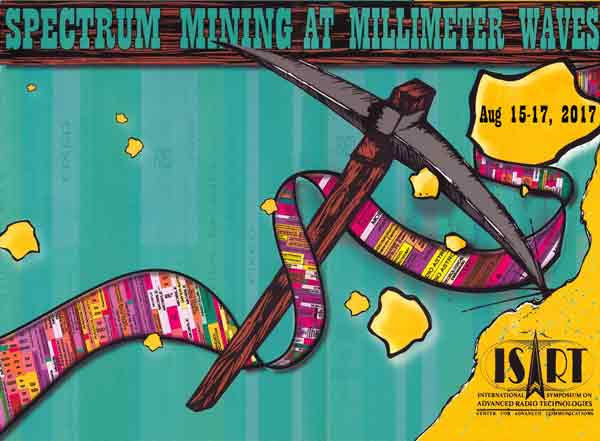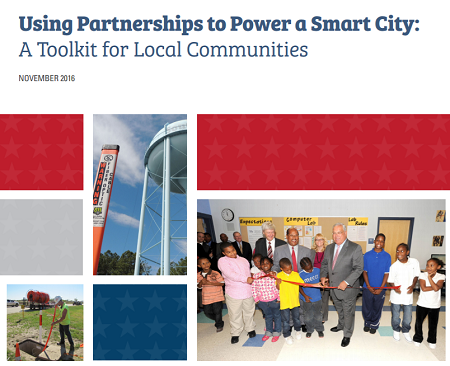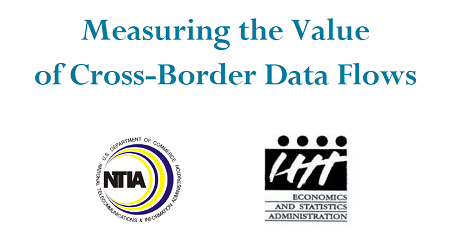News and Events
Use the filters below to narrow publications by offices, programs or categories
Every new innovation in connected devices promises exciting possibilities for the future, but it also means greater demand for spectrum, a critical and limited resource used both by the public and private sectors.
NTIA is pleased to announce the first award recipients of the State and Local Implementation Grant Program (SLIGP) 2.0, which will provide as much as $43.4 million to help states and territories prepare for FirstNet’s buildout of the nationwide public safety broadband network.
Americans rely on broadband Internet access to stay connected, to conduct business, to interact with the government, and for entertainment. Our nation’s broadband needs are increasingly wireless. Whether it’s 5G wireless technologies that promise to deliver dramatic increases in wireless broadband speeds and bandwidth, or the unlicensed technologies we place in our homes, businesses, and communities, wireless broadband technologies are paving the way for transformative changes that will improve health care, advance manufacturing and benefit public safety.
Noise is one of the more vexing communications issues first responders face during emergencies. Emergency scenes are often loud and chaotic, and responders must compete with background noise — sirens, yelling, a roaring fire, severe weather and more — when trying to communicate with the command center and each other.

Source: United States Coast Guard

Spectrum capacity discussions have often focused on the lower frequency bands (below about 6 GHz) because those signals are able to travel significant distances without being interrupted by environmental factors. But these lower frequency bands do have a drawback for wireless transmission in a data-hungry age – available bandwidth is limited.
This week, NTIA is joining communities, organizations and broadband advocates in recognizing Digital Inclusion Week and the important work being done by digital inclusion programs across the country.
Evolving and improving the science behind spectrum sharing is essential to NTIA’s commitment to delivering the spectrum needed to support innovation, power next-generation technologies and ensure that federal agencies can execute their spectrum-dependent missions.
Over the last eight years, our agencies have worked to expand the availability and adoption of broadband in recognition of the increasingly important role that the Internet is playing in every facet of society.
Stakeholders involved in NTIA’s cybersecurity multistakeholder process to promote collaboration on vulnerability research disclosure today are releasing initial findings, recommendations, and resources that they hope will enhance cooperation and lead to a more secure digital ecosystem. The three stakeholder-drafted reports reflect the experience and wisdom of many of the key experts in the field, including active security researchers, experienced software companies, security companies, academics, and civil society advocates, as well as industries new to the issue.
NTIA today is announcing the development of another tool to help meet the surging demand for spectrum from industry and government agencies. It also is the latest demonstration of the Obama Administration’s ongoing commitment to make spectrum available for wireless broadband.
This blog post was cross-posted on the Commerce Department's website.
 Merriam-Webster defines clutter first as “a crowded or confused mass or collection,” and then as “interfering radar echoes caused by reflection from objects (as on the ground) other than the target.” As we work to make the most efficient use of the radio spectrum, including by sharing it, we need to better understand how radio spectrum interacts with real world environments, not just in a lab, in order to predict when and where interference might occu
Merriam-Webster defines clutter first as “a crowded or confused mass or collection,” and then as “interfering radar echoes caused by reflection from objects (as on the ground) other than the target.” As we work to make the most efficient use of the radio spectrum, including by sharing it, we need to better understand how radio spectrum interacts with real world environments, not just in a lab, in order to predict when and where interference might occu
In March 2014, NTIA initiated the final step in the privatization of the Internet’s domain name system (DNS) by asking ICANN to convene its global stakeholders to develop a plan to transition the stewardship role NTIA plays related to the DNS technical functions, known as the IANA functions.
Broadband is increasingly playing a central role in the lives of Americans. Job searches, education, entertainment, health care services, business ventures – those with access to reliable, high-speed broadband gain tremendous opportunities in almost every facet of life.
Today, we will be hosting our seventh broadband workshop in Missoula, Montana, where we will have the chance to hear from local leaders, broadband providers, community groups and others. Issues teed up include the importance of engaging with stakeholders who are key to any broadband project’s success. But it’s not always easy to identify who key stakeholders are or the best ways to engage them to help contribute to a broadband project’s success.


